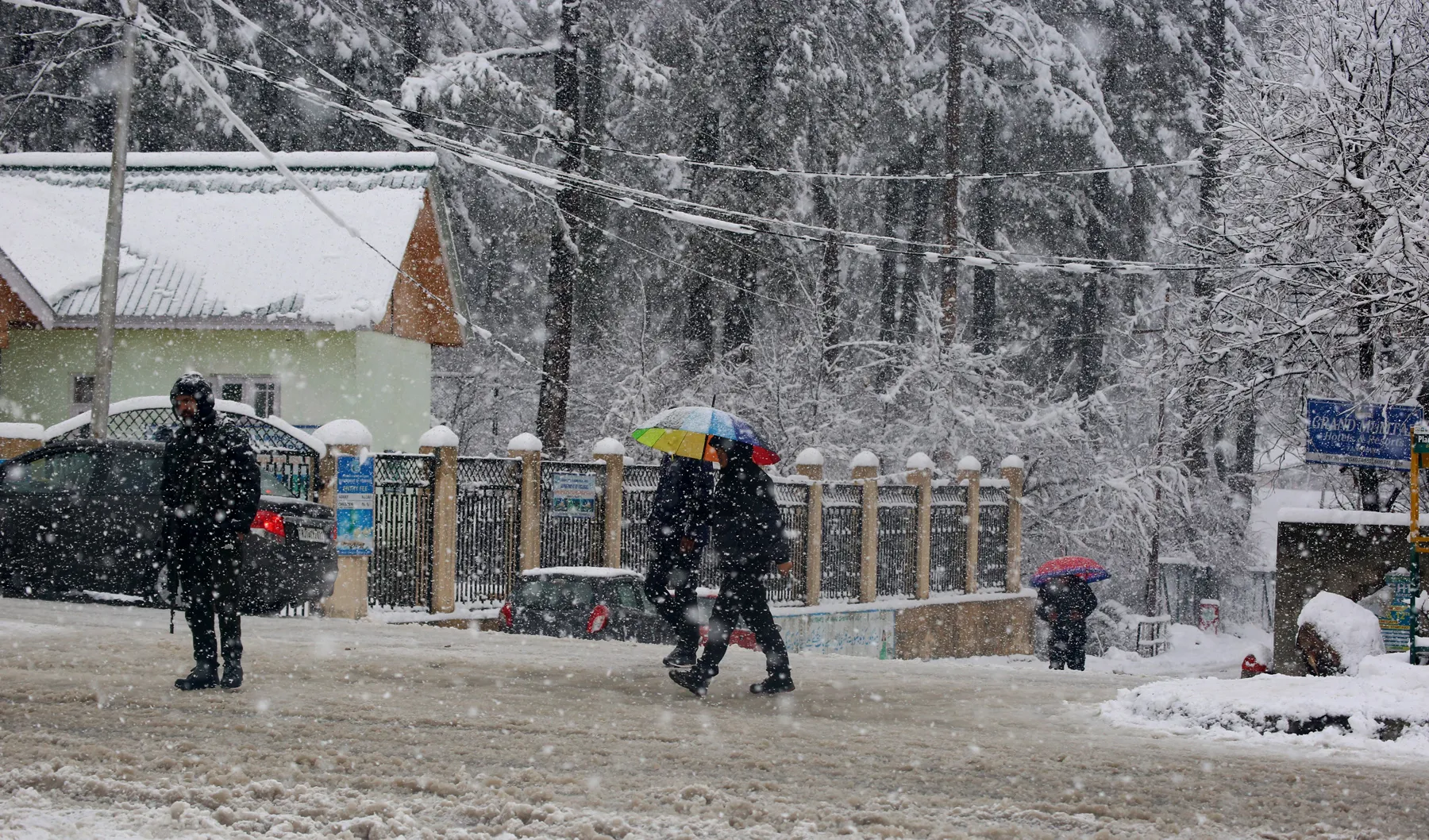 |
|
The Indian Meteorological Department (IMD) has issued a stark warning for the Kashmir region, predicting a significantly harsher winter than usual due to the onset of the La Niña weather phenomenon. This naturally occurring climate pattern, characterized by cooler-than-average sea surface temperatures in the central and eastern equatorial Pacific Ocean, is expected to bring about heavy precipitation and prolonged periods of intensely cold weather. The IMD's senior scientist in Srinagar, Dr. Mukhtar, has confirmed this prediction, highlighting the likely impact starting from mid-December. He emphasized that the disruption of atmospheric circulation patterns caused by La Niña will translate into abnormal precipitation and colder temperatures across the region, potentially resulting in more frequent and heavier snowfalls than in recent years.
The effects of La Niña are far-reaching, influencing weather systems globally. While the current conditions are described as neutral to weak La Niña, the IMD anticipates a strengthening of the phenomenon as winter progresses. This intensification will amplify the impact on Kashmir and parts of northern India, leading to increased snowfall and colder temperatures. Dr. Mukhtar's analysis draws upon past instances of La Niña, particularly the winters of 2018-19 and 2021-22, which brought substantial snowfall to the Kashmir Valley. He contrasts this with the previous year, which experienced a deficit in precipitation due to El Niño conditions, the opposite climate pattern. This year's La Niña is anticipated to result in a more traditionally harsh Kashmiri winter, emphasizing the stark contrast between the two phenomena.
The implications of this forecast are significant for the Kashmir Valley, a region already accustomed to frigid winters. The increased snowfall and prolonged cold spells pose potential challenges to various sectors, including transportation, agriculture, and daily life. The vulnerability of the region to the effects of La Niña necessitates preparedness and proactive measures to mitigate potential disruptions. The IMD's prediction serves as a critical warning, urging authorities and residents alike to take necessary precautions to cope with the expected harsh weather conditions. Understanding the historical impact of La Niña, as highlighted by Dr. Mukhtar's reference to previous years, allows for more effective planning and response to the challenges that this winter may bring. The ability to learn from past experiences of deficit precipitation during El Niño and contrast that with the expected impact of La Niña underlines the importance of ongoing monitoring and forecasting in effectively managing the implications of this climate phenomenon.
The La Niña effect is not merely a regional concern; it is part of a broader global climate dynamic. The interaction between the Pacific Ocean's sea surface temperatures and atmospheric circulation patterns has far-reaching consequences, affecting weather patterns across continents. The impact of La Niña on Kashmir serves as a microcosm of the larger global challenge of understanding and adapting to climate variability. Accurate forecasting and effective communication of these predictions are crucial in enabling communities to prepare for and mitigate the risks associated with extreme weather events. The IMD’s role in providing these forecasts is vital in enabling timely preparations for potential disruptions to infrastructure, transportation, and daily life in Kashmir, emphasizing the importance of reliable weather forecasting in disaster preparedness and resilience building.
The contrast between El Niño and La Niña years highlights the importance of long-term climate monitoring and understanding these cyclical patterns. The significant differences in precipitation and temperature between these two phenomena underscore the need for continuous research and advanced forecasting techniques to improve predictions and preparedness. This understanding is not just critical for Kashmir, but for regions worldwide that are susceptible to the fluctuating impacts of El Niño-Southern Oscillation (ENSO) events. The ability to accurately predict the intensity and duration of these events allows for better resource allocation and mitigation strategies, minimizing the impact on vulnerable populations and infrastructure. The ongoing work of the IMD in providing accurate weather forecasts plays a vital role in reducing risk and ensuring community safety during these periods of climatic variability.
Source: La Niña effect: Kashmir braces for heavy precipitation, prolonged cold spell
